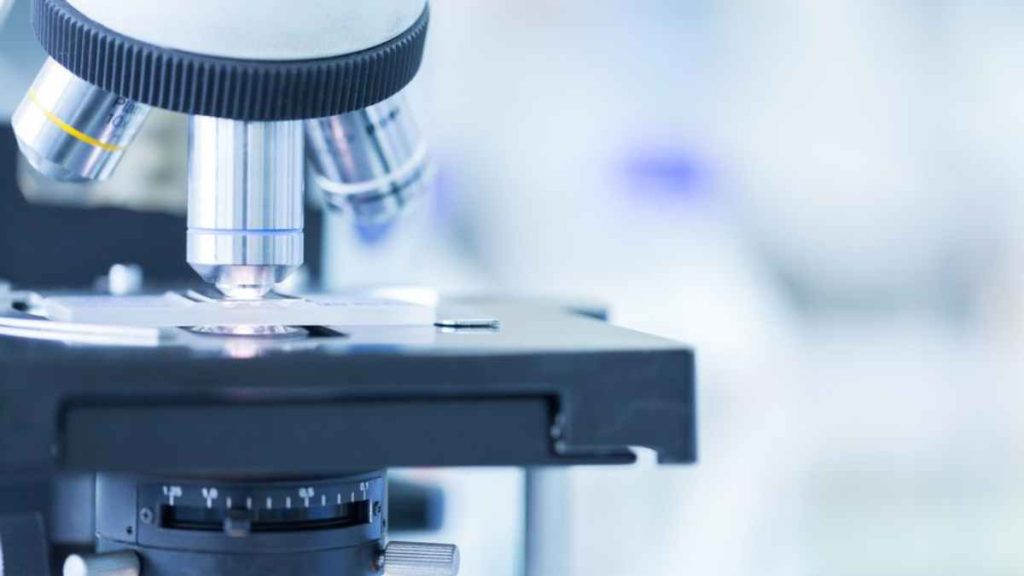DNA food testing is a powerful tool for detecting contaminants, allergens, and genetically modified organisms in food products. It is a potent tool for analyzing the genetic composition of food products. DNA testing can help ensure the safety and transparency of our food supply by identifying pollutants, allergens, and GMOs. It also makes it easier to trace the movement of foods through the supply chain.
However, DNA food testing also presents several challenges, which must be overcome to ensure accurate and reliable results. Below is a detailed overview of the challenges and how to overcome them:
Sample preparation
One of the biggest challenges associated with DNA food testing is sample preparation. Food products can be complex mixtures of different components, making extracting and isolating DNA difficult. Contaminants such as pesticides, preservatives, and other chemicals can also interfere with DNA extraction, leading to inaccurate results.
To overcome this challenge, researchers and industry professionals are developing new and more efficient DNA extraction and purification methods, such as magnetic bead-based separation techniques.
Data interpretation
Another challenge associated with DNA food testing is data interpretation. DNA testing generates vast amounts of data, which can be challenging to analyze and interpret. In some cases, the presence of DNA from a particular organism may not necessarily indicate contamination or safety concerns.
For example, DNA from a non-pathogenic strain of bacteria may not pose a health risk, even if it is detected in a food product. Researchers and industry professionals are developing new methods for analyzing and interpreting DNA data, such as machine learning algorithms and artificial intelligence systems, to address this challenge.
Cost
Cost is another major challenge associated with DNA food testing. Traditional DNA analysis methods can be time-consuming and expensive, requiring specialized equipment and highly trained personnel. This can make it difficult for smaller companies and laboratories to afford DNA testing, limiting its availability and accessibility. To address this challenge, researchers and industry professionals are developing new, more cost-effective methods for DNA testing, such as paper-based assays and portable devices.
Regulation of DNA food testing
Finally, there is a challenge associated with regulating and standardizing DNA food testing. There are currently no universal standards for DNA testing in the food industry, meaning that different laboratories may use different methods and techniques, leading to inconsistent and unreliable results.
Additionally, regulations around DNA testing can be complex and vary from country to country, making it difficult for companies to navigate the regulatory landscape. Industry organizations and regulatory bodies are working to develop standardized DNA testing protocols and harmonize regulations across different jurisdictions to address this challenge.
The Takeaway
DNA food testing presents several challenges, ranging from sample preparation and data interpretation to cost and regulation. However, researchers and industry professionals are working hard to overcome these challenges and develop new, more efficient, cost-effective DNA testing methods. As the field of DNA analysis continues to evolve, we anticipate more advances in food testing, helping to ensure the safety and transparency of our food supply.




